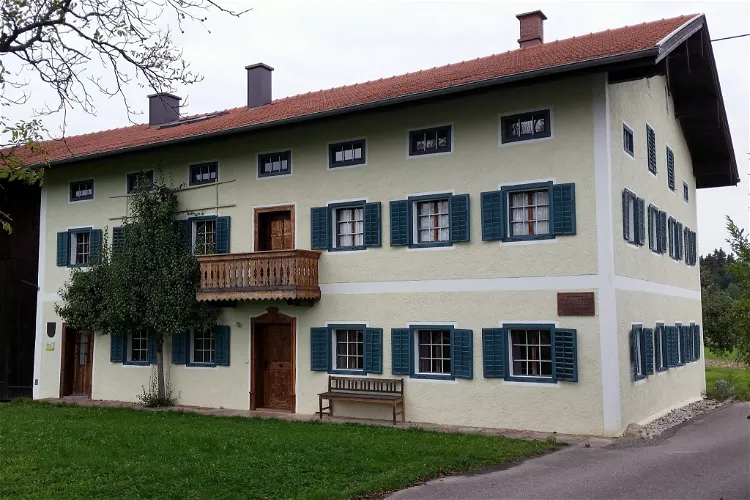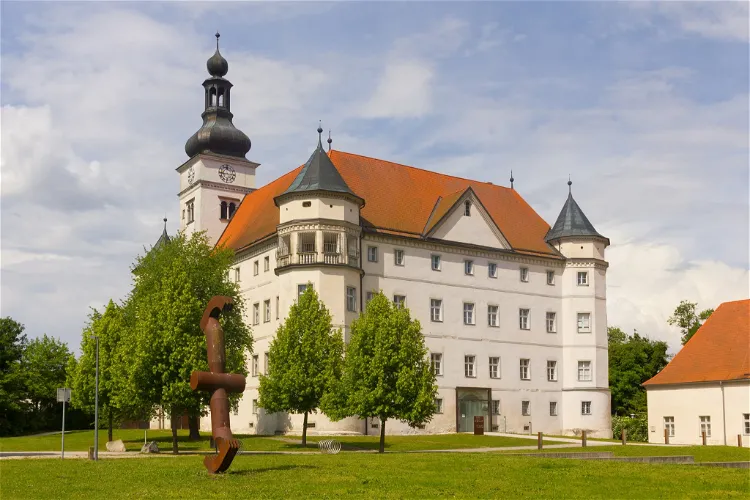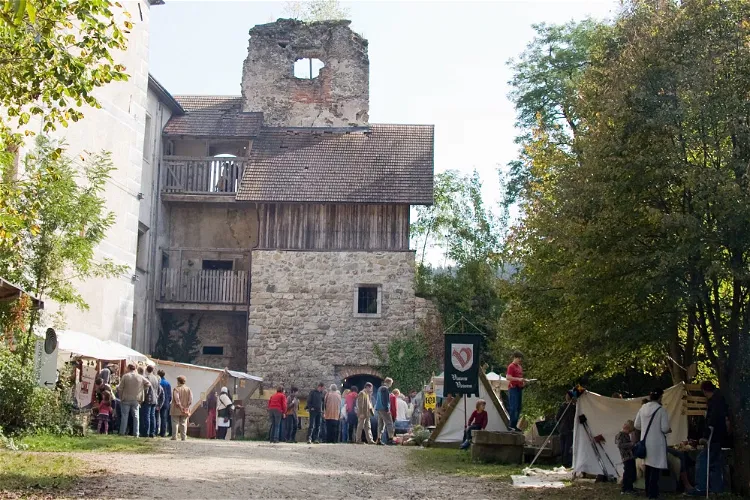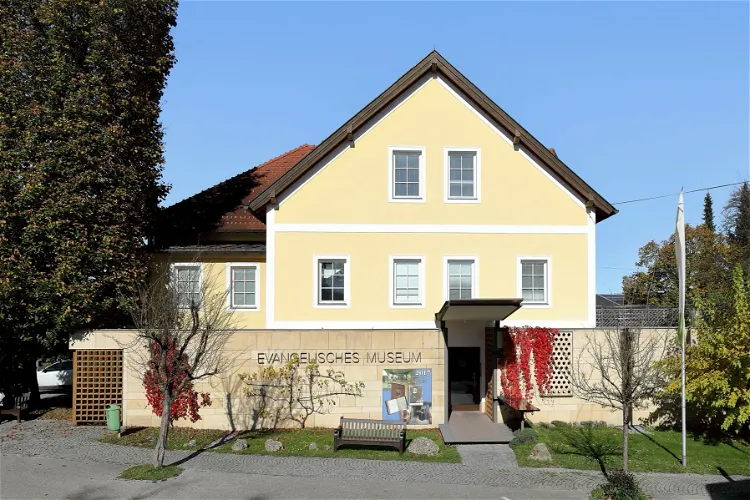Are you interested in the history and impact of religion? These are the top religion museums in Upper Austria:

Franz Jägerstätter
Sankt RadegundFranz Jägerstätter was an Austrian conscientious objector during World War II. He was born in Sankt Radegund, a small village in Upper Austria, between Salzburg and Braunau am Inn, where almost everyone was Catholic. He was sentenced to death and executed for refusing to fight for Nazi Germany. His story is a significant part of the history of Sankt Radegund and is likely to be of interest to tourists visiting the area.
Hartheim Castle
AlkovenHartheim Castle, also known as Schloss Hartheim, is a significant Renaissance castle located in Alkoven, Upper Austria, approximately 14 kilometres away from Linz, Austria. The castle was constructed by Jakob von Aspen in 1600 and stands as a prominent example of Renaissance architecture in the country.
Upper Austrian Castle Museum Reichenstein
TragweinReichenstein Castle, located in the town of Reichenstein in the municipality of Tragwein in the district of Freistadt in Upper Austria, is a semi-ruin of a castle that was converted into a chateau. The castle is situated on a narrow, steeply sloping rock ridge above a river loop of the Waldaist. The castle offers a unique blend of historical architecture and natural beauty, making it a fascinating destination for tourists.
Evangelisches Museum Oberösterreich
RutzenmoosThe Evangelical Museum of Upper Austria, located in the old, protected primary school of Rutzenmoos in the market town of Regau in the Vöcklabruck district, is dedicated to the history of Protestants in Upper Austria. This museum, established at the end of the 20th century, provides a unique insight into the Protestant history of the region.